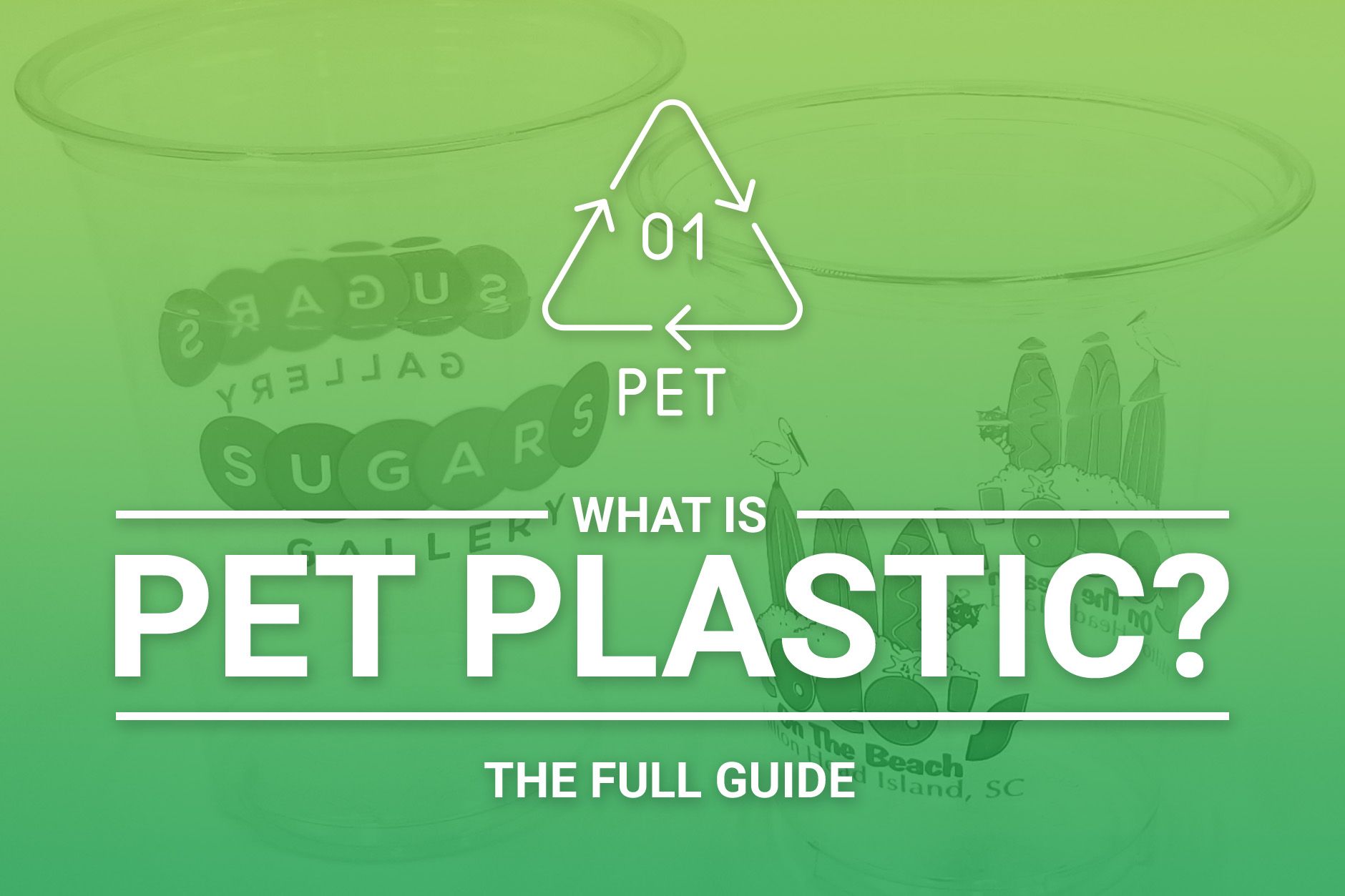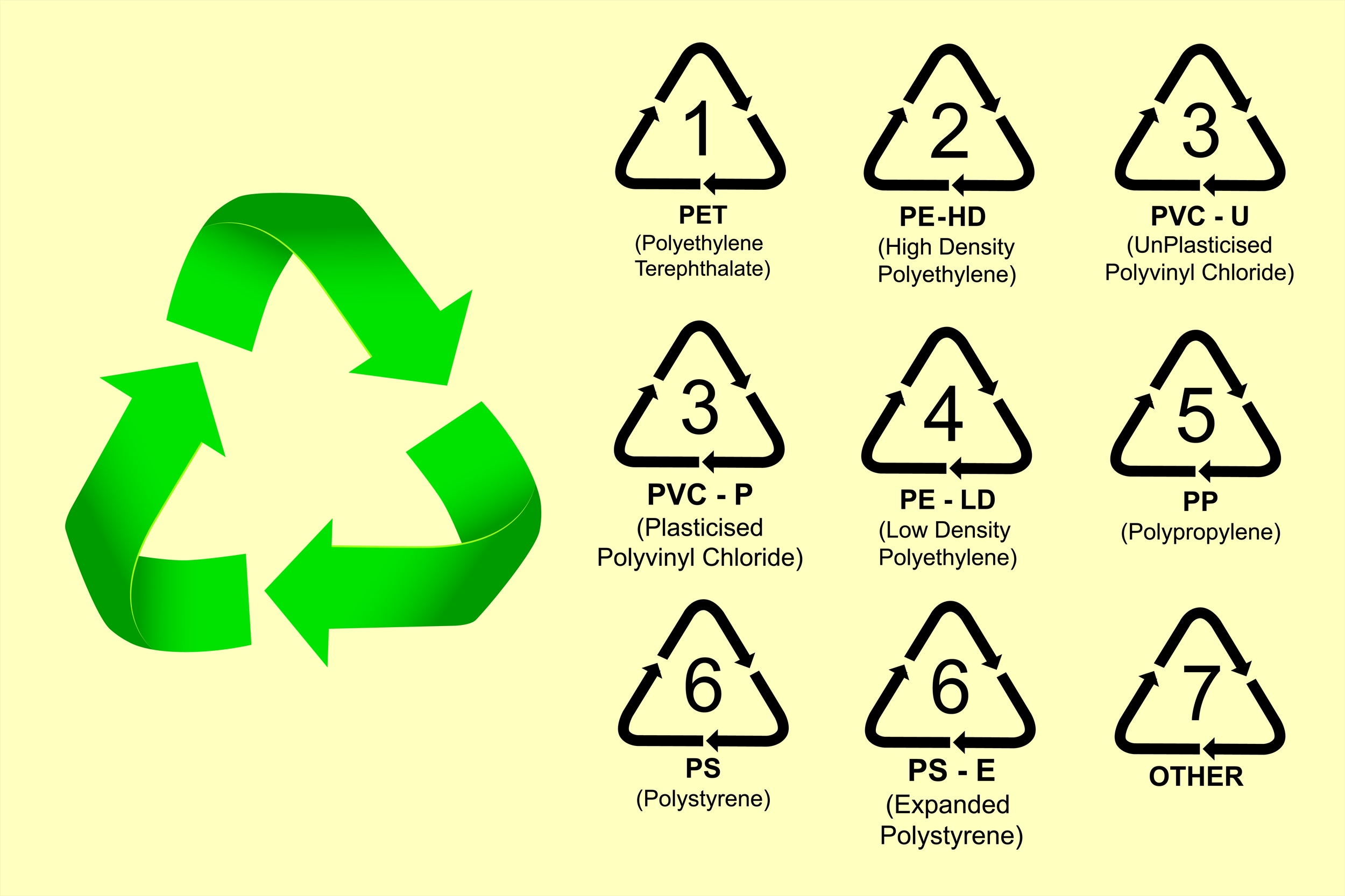Pet 7 plastic, a pervasive material in the pet industry, has raised concerns about its environmental impact. This article delves into the extent of plastic use, its potential health risks, and explores sustainable alternatives that can mitigate the ecological footprint of pet ownership.
From packaging to toys and accessories, plastic has become an integral part of the pet industry, but its excessive use has led to a significant amount of waste.
Pet Industry and Plastic Consumption

The pet industry relies heavily on plastic materials for a wide range of products, including food and water bowls, toys, carriers, litter boxes, and packaging. The extensive use of plastic in the pet industry contributes significantly to the overall plastic waste problem.
Amount of Plastic Waste Generated by Pet Products
According to estimates, the pet industry generates a substantial amount of plastic waste annually. In the United States alone, it is estimated that over 2 million tons of plastic waste is produced by pet products each year. This includes both single-use and durable plastic items.
Environmental Impact of Plastic Pollution from Pet Ownership
The plastic waste generated by pet products has a significant environmental impact. Plastic pollution can harm wildlife, contaminate ecosystems, and contribute to climate change. For example, plastic bags and other small plastic items can be ingested by animals, causing health problems or even death.
Additionally, plastic pollution can leach harmful chemicals into the environment, contaminating soil and water sources.
Plastic in Pet Products

Plastic is a versatile material that is used in a wide variety of pet products, from food and water bowls to toys and bedding. However, there are potential health risks associated with plastic exposure in pets, and it can be challenging to reduce plastic use in pet products.
Types of Plastic Used in Pet Products, Pet 7 plastic
The most common types of plastic used in pet products are:
- Polyethylene terephthalate (PET)
- High-density polyethylene (HDPE)
- Polypropylene (PP)
- Polyvinyl chloride (PVC)
These plastics are all considered to be safe for use in pet products, but there are some potential health risks associated with each type of plastic.
Potential Health Risks of Plastic Exposure in Pets
The potential health risks of plastic exposure in pets include:
- Ingestion of plastic fragments
- Leaching of chemicals from plastic into food and water
- Skin irritation and allergic reactions
- Hormonal disruption
- Cancer
The severity of these health risks depends on the type of plastic, the amount of plastic exposure, and the individual pet’s health.
Challenges of Reducing Plastic Use in Pet Products
There are a number of challenges associated with reducing plastic use in pet products. These challenges include:
- The high cost of alternative materials
- The lack of consumer demand for plastic-free pet products
- The difficulty of finding suitable alternatives for some types of pet products
Despite these challenges, there are a number of ways to reduce plastic use in pet products. These include:
- Choosing pet products made from recycled plastic
- Buying pet products from companies that are committed to reducing plastic use
- Avoiding single-use plastic pet products
- Recycling pet products whenever possible
By taking these steps, pet owners can help to reduce the amount of plastic that their pets are exposed to.
Sustainable Alternatives to Plastic
As the awareness of the environmental impact of plastic grows, there is an increasing demand for sustainable alternatives in the pet industry. Several eco-friendly materials can replace plastic in pet products, offering both environmental and health benefits.
Biodegradable Materials
Biodegradable materials, such as plant-based plastics and cellulose, are made from renewable resources and break down naturally over time. This reduces the accumulation of plastic waste in landfills and oceans.
- Plant-based plastics:Made from plant starch or cellulose, these plastics are biodegradable and compostable. Examples include PLA (polylactic acid) and PHA (polyhydroxyalkanoate).
- Cellulose:A natural polymer found in plants, cellulose can be used to create biodegradable films, bags, and packaging.
Recyclable Materials
Recyclable materials, such as aluminum, glass, and paper, can be reused multiple times, reducing the need for new plastic production. They are also more environmentally friendly than plastic, as recycling conserves resources and energy.
- Aluminum:Lightweight and durable, aluminum can be recycled indefinitely without losing its properties. It is used for pet food cans, bowls, and toys.
- Glass:Inert and non-toxic, glass is a safe and sustainable material for pet food jars, water bottles, and treat containers.
- Paper:Made from renewable resources, paper is biodegradable and can be recycled multiple times. It is used for pet food bags, bedding, and toys.
Case Studies
Several companies are successfully using sustainable alternatives to plastic in their pet products.
- Green Pet Shop:Offers a range of eco-friendly pet products, including biodegradable food bowls, toys, and litter boxes.
- Earth Rated:Produces biodegradable and compostable dog waste bags made from plant-based materials.
- Chewy:Partners with brands that use sustainable packaging and offers a recycling program for pet food bags.
Benefits and Challenges
Transitioning to sustainable materials in the pet industry offers several benefits, including:
- Reduced environmental impact
- Improved pet health and safety
- Increased consumer demand
However, there are also challenges to consider:
- Higher production costs
- Limited availability of sustainable materials
- Consumer resistance to change
Despite these challenges, the demand for sustainable pet products is growing, and companies are responding by investing in innovative and eco-friendly solutions.
Consumer Awareness and Education
Consumer awareness plays a crucial role in reducing plastic waste from pet products. Educated pet owners are more likely to make informed choices that minimize their plastic footprint.
To enhance consumer awareness, a campaign can be designed to educate pet owners about the environmental impact of plastic. This campaign should employ multiple channels such as social media, print media, and pet industry events to reach a wide audience.
Tips for Reducing Plastic Consumption in Pet Ownership
Below is a table with tips to assist pet owners in reducing plastic consumption:
| Area | Tips |
|---|---|
| Food and Water |
|
| Toys |
|
| Grooming |
|
| Litter Boxes |
|
| Accessories |
|
Final Conclusion: Pet 7 Plastic

Addressing the issue of pet 7 plastic requires a multifaceted approach involving consumer awareness, industry innovation, and government regulations. By transitioning to sustainable materials, reducing plastic consumption, and educating pet owners, we can create a more eco-friendly future for our furry companions and the planet we share.
Quick FAQs
What is pet 7 plastic?
Pet 7 plastic, also known as polyethylene terephthalate (PET), is a type of plastic commonly used in the production of pet products, including food and water bowls, toys, and packaging.
Why is pet 7 plastic a concern?
Pet 7 plastic has raised environmental concerns due to its non-biodegradable nature and the potential for leaching harmful chemicals into the environment.
What are the alternatives to pet 7 plastic?
Sustainable alternatives to pet 7 plastic include biodegradable materials such as bamboo, hemp, and recycled paper, as well as durable materials like stainless steel and glass.